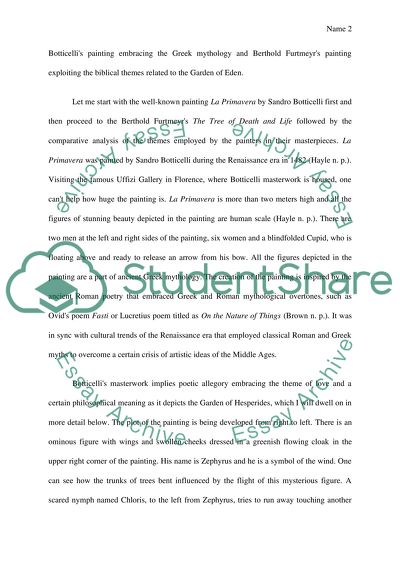Cite this document
(“La Primavera (or Spring) and The Tree of Death and Life Essay”, n.d.)
La Primavera (or Spring) and The Tree of Death and Life Essay. Retrieved from https://studentshare.org/visual-arts-film-studies/1687807-la-primavera-or-spring-and-the-tree-of-death-and-life
La Primavera (or Spring) and The Tree of Death and Life Essay. Retrieved from https://studentshare.org/visual-arts-film-studies/1687807-la-primavera-or-spring-and-the-tree-of-death-and-life
(La Primavera (or Spring) and The Tree of Death and Life Essay)
La Primavera (or Spring) and The Tree of Death and Life Essay. https://studentshare.org/visual-arts-film-studies/1687807-la-primavera-or-spring-and-the-tree-of-death-and-life.
La Primavera (or Spring) and The Tree of Death and Life Essay. https://studentshare.org/visual-arts-film-studies/1687807-la-primavera-or-spring-and-the-tree-of-death-and-life.
“La Primavera (or Spring) and The Tree of Death and Life Essay”, n.d. https://studentshare.org/visual-arts-film-studies/1687807-la-primavera-or-spring-and-the-tree-of-death-and-life.


